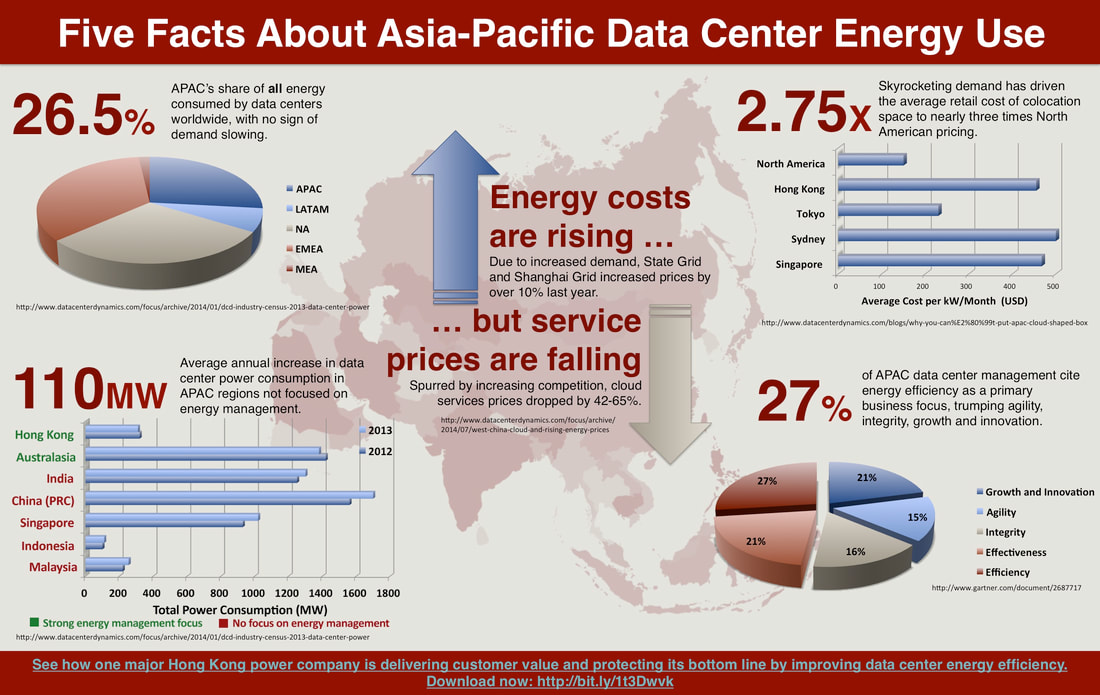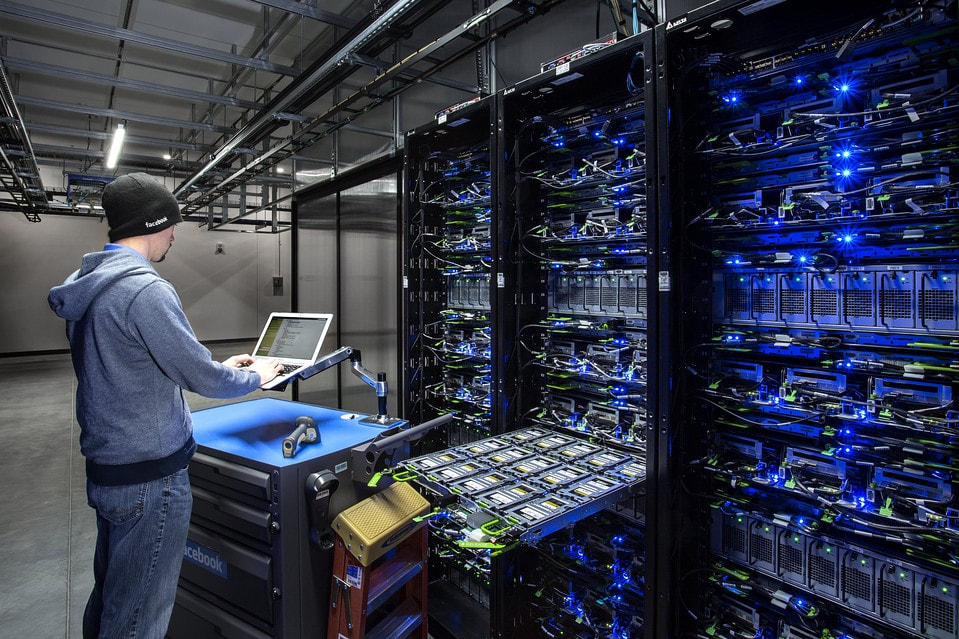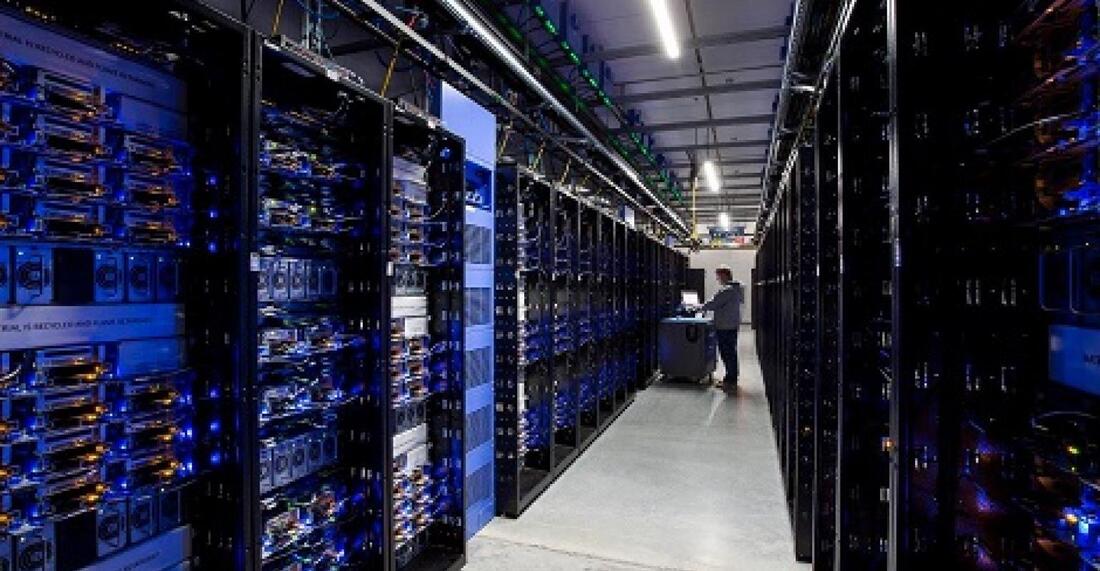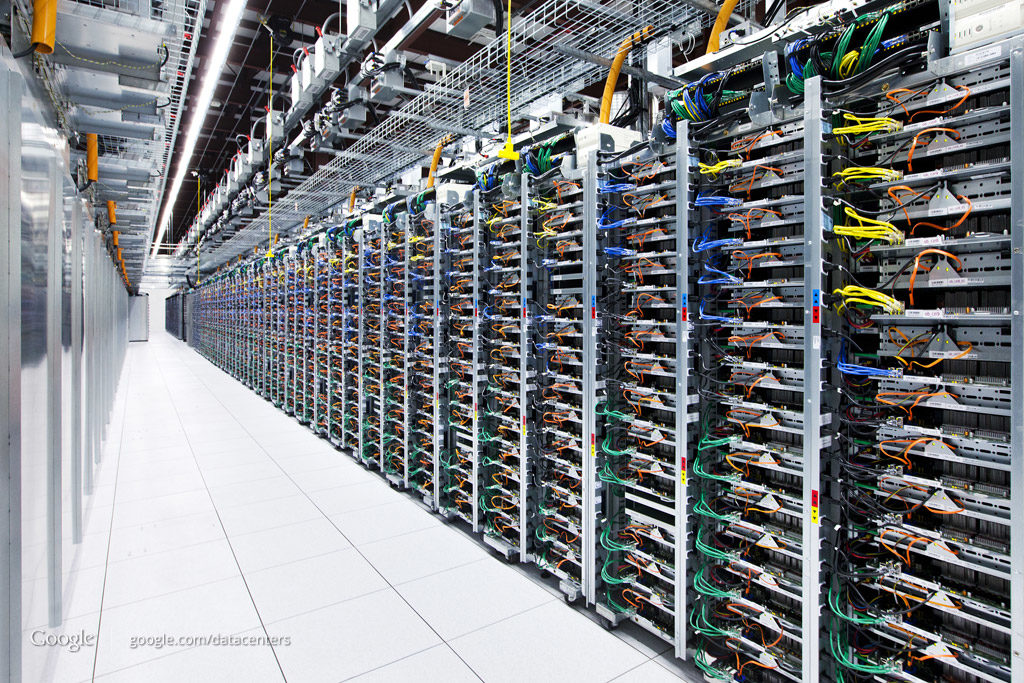05.10.19
Is Google Destroying Our Planet ?
The internet is leaving a larger ecological footprint than we think. The production of the devices that we use to connect to the internet (a smartphone, a tablet, a computer, a television) require raw materials. A lot. Our extensive use of these devices combined with planned obsolescence puts a lot of pressure on the Earth’s resources. The same goes for data centres – those giant buildings packed top to bottom with servers full of the websites, databases, online applications and files that make our ever increasing hunger for online activity possible. All these servers first need to be produced. And what about the network needed to transport all that data? Think about all those thousands and thousands of kilometres of internet cables at the bottom of the ocean, network antennas and optic fibres. More resources extracted from our precious planet. All those personal devices and the data centers require tons of electricity. Not only to charge our smartphone or to power the servers 24 hours a day. Data server centers require a lot of additional power for the air conditioning needed to keep the servers from overheating. All this electricity is generated from different sources, including a large amount of fossil fuels, that cause pollution. If the Internet were a country, it would be the THIRD largest consumer of electricity on the planet, right behind China and the US. An online search emits about 0.2 grams of CO2, sending an e-mail emits between 4 and 50 grams of CO2, reading an article created an estimated 24 grams of CO2. Credit: WASTE ED
Poverty deprives people of adequate education, health care and of life's most basic necessities- safe living conditions (including clean air and clean drinking water) and an adequate food supply. The developed (industrialized) countries today account for roughly 20 percent of the world's population but control about 80 percent of the world's wealth.
Poverty and pollution seem to operate in a vicious cycle that, so far, has been hard to break. Even in the developed nations, the gap between the rich and the poor is evident in their respective social and environmental conditions.
Poverty and pollution seem to operate in a vicious cycle that, so far, has been hard to break. Even in the developed nations, the gap between the rich and the poor is evident in their respective social and environmental conditions.
















